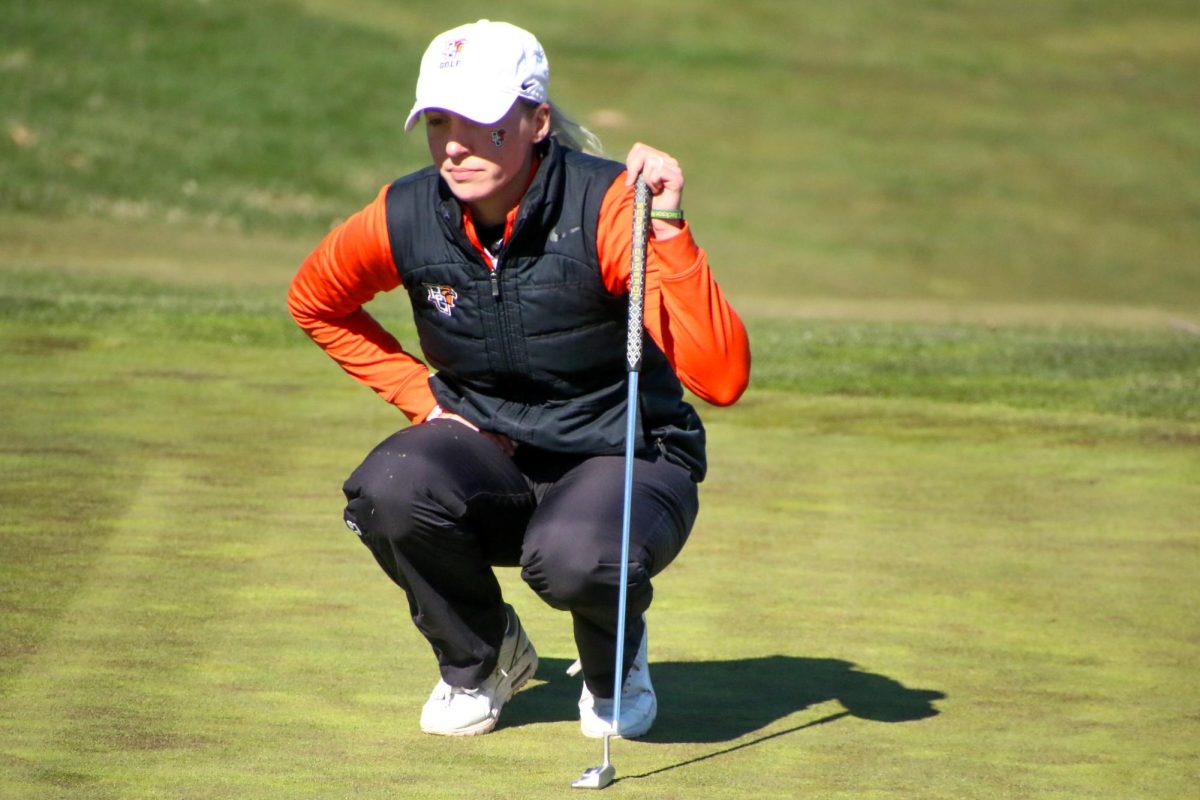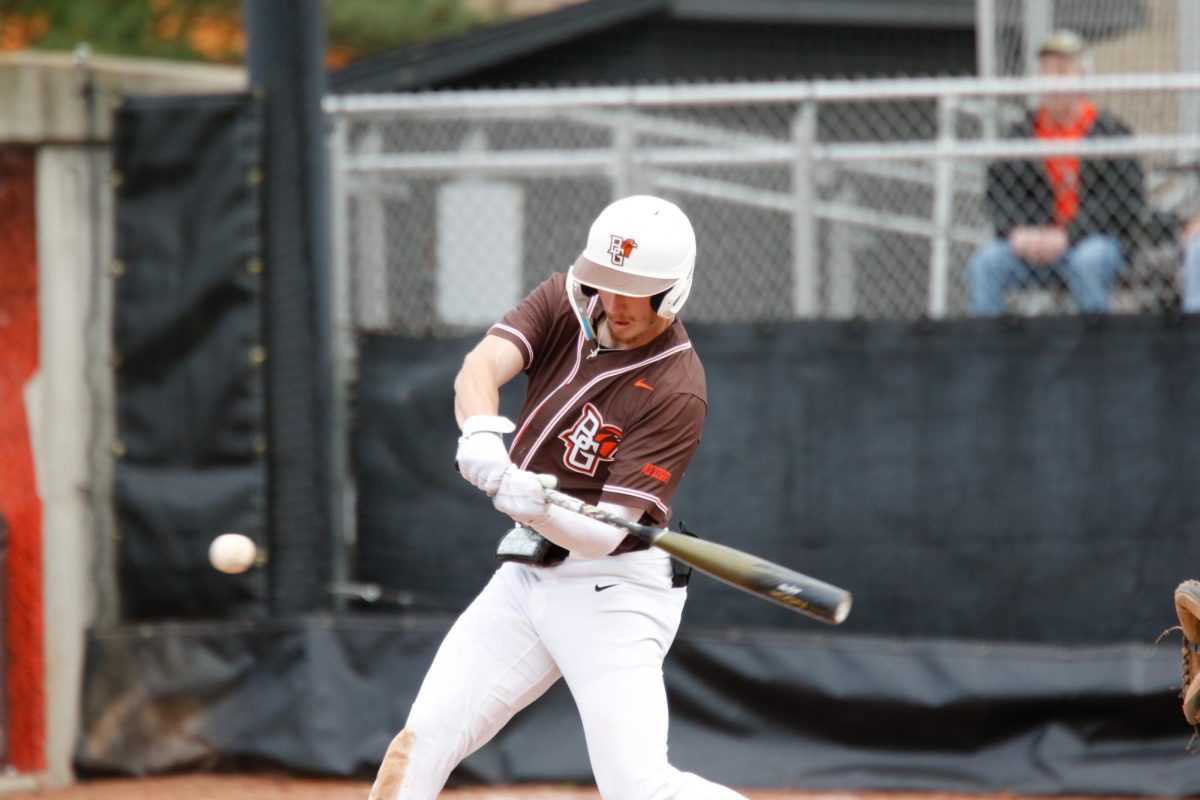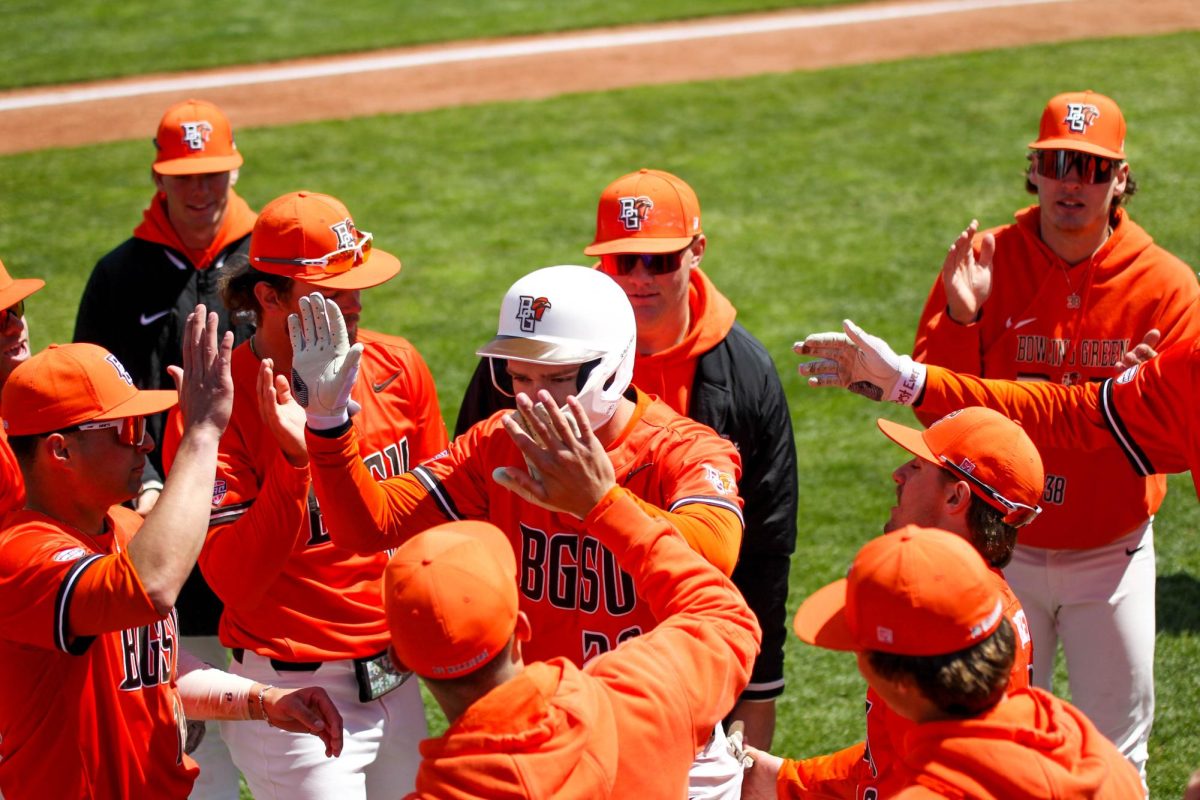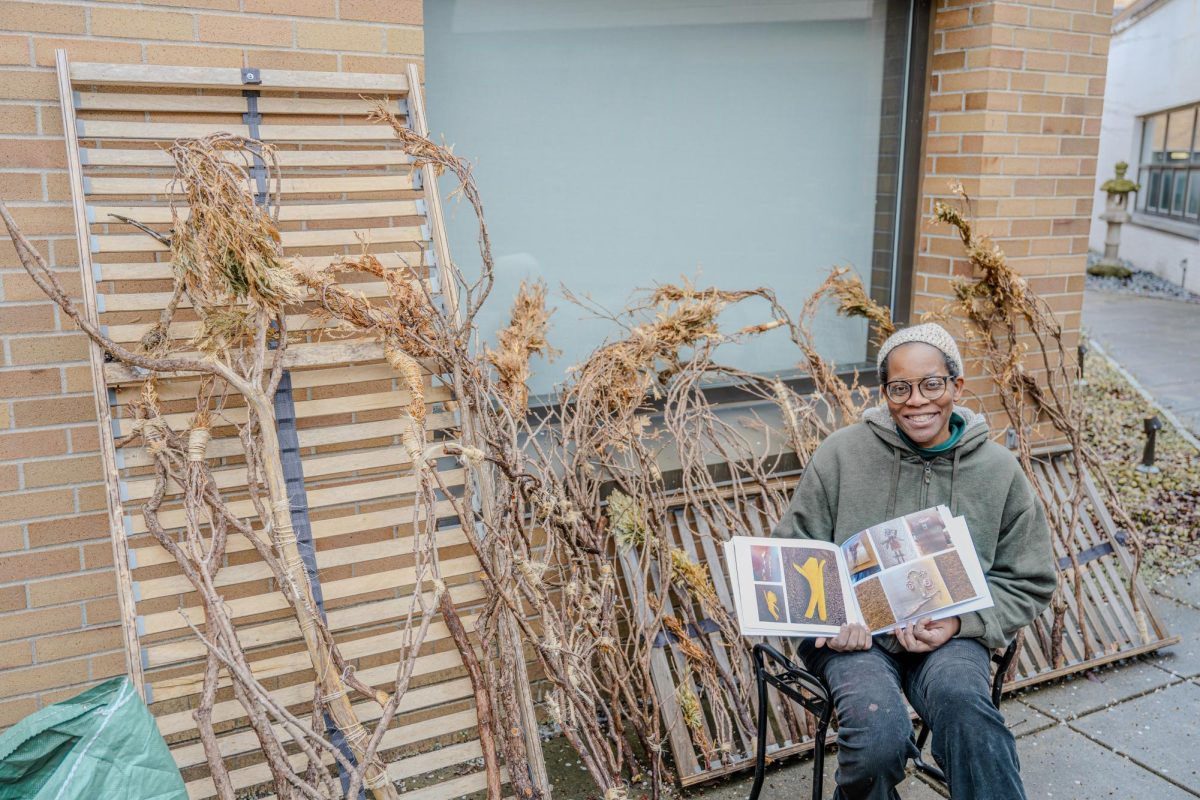BAGHDAD, Iraq — One of Saddam Hussein’s most-feared lieutenants was in U.S. hands yesterday, while hundreds of thousands of Shiite Muslims converged on two of Iraq’s holy cities in an annual pilgrimage that had been banned for years under Saddam.
Meanwhile, the U.S. military said it has found ingredients and equipment that Iraq may have been using to make chemical weapons. And Jay Garner, the retired American general overseeing the rebuilding of Iraq, visited the northern Kurdish region.
Muhammad Hamza al-Zubaydi, who was captured Monday by the Iraqi opposition and turned over to American authorities for trial on war-crimes charges, is the highest-ranking figure on the U.S. military’s most-wanted list to be caught so far.
Al-Zubaydi was known as Saddam’s “Shiite Thug” for his role in Iraq’s bloody suppression of the Shiite Muslim uprising of 1991. Tens of thousands of people died in the revolt. Iraqi opposition groups have also accused al-Zubaydi of the 1999 assassination of a top Shiite cleric.
A former prime minister, al-Zubaydi was No. 18 — the queen of spades — in the U.S. military’s 55-card deck of most-wanted regime figures.
Al-Zubaydi was considered one of the most brutal figures in the regime and was listed in a U.S. State Department report titled “Iraq: Crimes Against Humanity, Leaders as Executioners.” A Shiite himself, he was once featured in an Iraqi videotape brutalizing Shiite dissidents.
“This is very significant — he is one of the most hated men in the former regime,” said Haider Ahmad, a spokesman for the Iraqi National Congress, the leading exile group.
The INC said it arrested al-Zubaydi hiding out in Hillah, a town about 60 miles south of Baghdad.
Eight of the 55 most-wanted are now in custody. A ninth figure, Ali Hassan al-Majid — known as “Chemical Ali” for his use of poison gas against Iraq’s Kurds — is believed to have been killed in an airstrike.
Shiites, meanwhile, streamed toward Najaf — burial shrine of Imam Ali, son-in-law of the Prophet Muhammad — and Karbala, where Hussein, Muhammad’s grandson, was martyred in the Seventh century. Up to two million Shiites are expected to take part in the annual pilgrimage, which culminates on Thursday.
During Saddam’s rule, the Shiites were forbidden to march. This year, they marched openly under black banners of mourning. “We were prohibited from visiting these shrines for a long time by the Baath Party and their agents,” Abed Ali Ghilan said in Karbala. “This year we thank God for ridding us of the dictator Saddam Hussein and for letting us visit these shrines.”
Karbala was packed shoulder-to-shoulder with hundreds of thousands, if not millions, of pilgrims, waving black and green flags, chanting and beating their chests. Others carried photos of famous Shiite clerics.


















